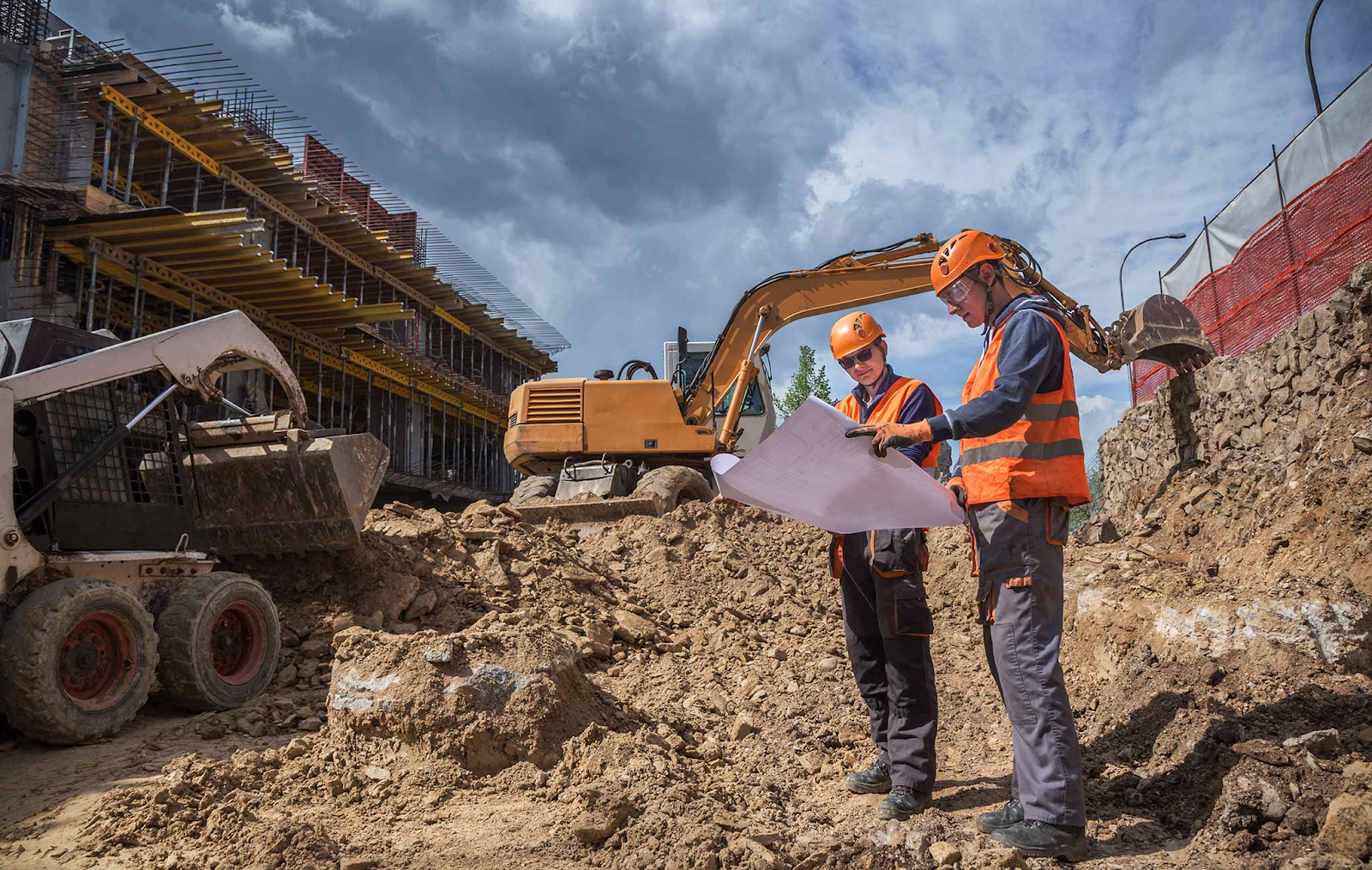Geotechnical Engineering For Construction Projects Can Be Fun For Everyone
Geotechnical Engineering For Construction Projects Can Be Fun For Everyone
Blog Article
Geotechnical Engineering For Construction Projects for Beginners
Table of ContentsNot known Incorrect Statements About Geotechnical Engineering For Construction Projects 4 Simple Techniques For Geotechnical Engineering For Construction ProjectsFascination About Geotechnical Engineering For Construction ProjectsGeotechnical Engineering For Construction Projects for DummiesFascination About Geotechnical Engineering For Construction Projects
Throughout the examination, it is crucial to drill at the called for deepness and the called for number of holes as per the suggestion of the Canadian Foundation Style criterion. Occasionally, the proprietor may conserve some Geotechnical Examination cost yet finish up spending even more than the prepared for during the construction cost.The duties of the geotechnical professional include offering material screening for building and construction support. Geotechnical Engineering for Construction Projects. Geotechnical designers analyse all the field examination reports to ensure that construction is taking place as per the task spec. Throughout construction, a confirmatory test for soil compaction is done on-site to guarantee that no future settlement happens
After the concrete is poured -7 days and 28 days- tests are conducted on concrete samples gathered from the website to make sure that the concrete poured meets the style standard. Asphalt core is taken after the Asphalt is laid and compacted to validate that it fulfills the design criterion. All lab test reports are evaluated by the Geotechnical Designer to make sure that it fulfills the job requirements.
5 Simple Techniques For Geotechnical Engineering For Construction Projects

Geotechnical design plays a crucial function in making sure the stability of construction tasks. Discover just how it affects design and overall job success. Geotechnical engineering is an essential branch of civil design that concentrates on recognizing the practices of planet products, such as dirt and rock. It includes evaluating subsurface conditions to ensure that a structure's structure or facilities is steady and safe.

For a reliable structure and a smooth construction process, trust to offer the proficiency you require. Call to get professional suggestions and geotechnical services customized to your following task.
Geotechnical Engineering For Construction Projects for Beginners
When embarking on a land growth project, understanding the ground underneath your feet is as critical as the frameworks you intend to develop above it. Our Geotechnical Design team evaluate the ground, guaranteeing it is suitable for the recommended growth while giving you with the information required to fulfill your job objectives.
Geotechnical Design takes a look at the formation of the ground, as it is the structure blocks for all projects. Where structures need to be created relative to the ground conditions; ground problems (e.g., soft ground) might require strengthening depending on the dimension of the intended structure. Before building, you require to understand about the groundwater, dirt framework, and liquefaction possibility of your land.
For sites that are not connected on the neighborhood authority infrastructure additional website examinations would certainly be needed to supply technical inputs for on-site stormwater and wastewater. We have experienced Geotechnical Engineers based in each workplace, supporting your geotechnical needs across the country. Connect to us to go over how we can sustain your following project.
These reports are customized to satisfy the particular needs of a project and include design parameters and suggestions for the construction of a variety of synthetic structures. As well as providing working as a consultant services covering areas such as incline stability and load-bearing capabilities for various products, these designers carry out r & d activities to improve i loved this techniques, tools, materials knowledge and analysis covering whole lifecycles.
The Definitive Guide for Geotechnical Engineering For Construction Projects

Rates of pay usually enhance as your understanding and skills grow, with standards directing to a graduate starting wage of between 18,000 and 28,000 per year in the UK. This rises to 26,000 to 36,000 with a few years of experience and afterwards reaching 40,000 to 60,000+ for senior, legal or master engineers.
With the ideal application it is feasible to understand the profession and gain entry to a difficult yet fulfilling and important occupation. A geologist would need to re-train to become a geotechnical designer, although there is a lot of cross-over in between both professions, which could make this less complicated - Geotechnical Engineering for Construction Projects. Rock hounds need to have an understanding of dirts, rocks and various other materials from a clinical point of view, while geotechnical designers tale their expertise of issues such as soil and rock mechanic, geophysics and hydrology and apply them to design and ecological projects
When beginning, these engineers will have a tendency to deal with less complicated projects, developing up knowledge and experience ready for even more challenging job later. Geotechnical designers tend to be experts in specific areas as they grow in experience, concentrating on certain facilities such as railways, roadways or water. These designers additionally collaborate with renewable energy, offshore and onshore oil and gas, nuclear power, and more.
Geotechnical Engineering For Construction Projects Fundamentals Explained
The time taken to end up being a geotechnical designer depends on where you are based, where you study and what level of education you want to look here obtain prior to going into the office. Generally-speaking it takes 3-4 years to reach the standard requirements to begin a job as a geotechnical engineer.
These operations make it possible for professionals to assess a host of soil mechanics including weight, porosity, void-to-solid fragment ratio, leaks in the structure, compressibility, maximum investigate this site shear stamina, bearing capacity and contortions. If the structure calls for a deep structure, engineers will certainly make use of a cone infiltration test to approximate the amount of skin and end bearing resistance in the subsurface.
When analyzing an incline's balance of shear stress and shear strength, or its capability to stand up to and go through movement, rotational slides and translational slides are generally thought about. Rotational slides stop working along a bent surface, with translational slides taking place on a planar surface area. A professional's objective is to establish the conditions at which an incline failing can occur.
Often, findings recommend that a site's soil must be dealt with to boost its shear stamina, rigidity and leaks in the structure prior to design and building. When it comes time to set out foundation plans, professionals are significantly concentrated on sustainability, even more especially just how to decrease a foundation's carbon impact. One method has actually been to change 20 percent of a foundation's concrete with fly ash, a waste product from coal fire power plants.
Report this page